I love my System76 Lemur Pro laptop and use it a lot. But the keyboard started dying recently. The F and R keys got really finicky, basically not registering most of the time. If I mashed them really hard sometimes they’d repeat like 15 times. It was not good. I started using an external keyboard just to get by.
I blew the keyboard out with air a few times and I thought it helped at first but the problem came right back.
From what I read online, the keyboard is not readily replaced. It’s integrated into the top case and requires the battery, speakers, and motherboard to all be swapped, with all connections/wires unhooked and then re-hooked. Well I’ve done stuff like that before so I figured I could do it. Better than getting a whole new laptop!
So I put in a ticket to see if they’d help me find the right top case.
My f and r keys are slowly failing on my keyboard. The keys themselves are fine, but pressing them doesn’t work for some periods of time. If I press them like 50 times, sometimes they’ll work. Then, seconds later, they wok o a little while but then they stop woking again (see they ae not woking ight now as I type this). I undestand it’s had to eplace the keyboad on a lemu but I am willing to ty. I have swapped out majo pats o laptops in the past and would eally like this compute to keep woking. Can you help me ind a eplacement keyboad unit o the lemu po 9 that I can install mysel? Thank you.
— Me to System76 support
They explained that they did not recommend I do the repair myself due to the complexity but I insisted. They got the part and shipped it to me for just under $200 shipped (again, better than a whole new laptop). It arrived two days later, which is today!
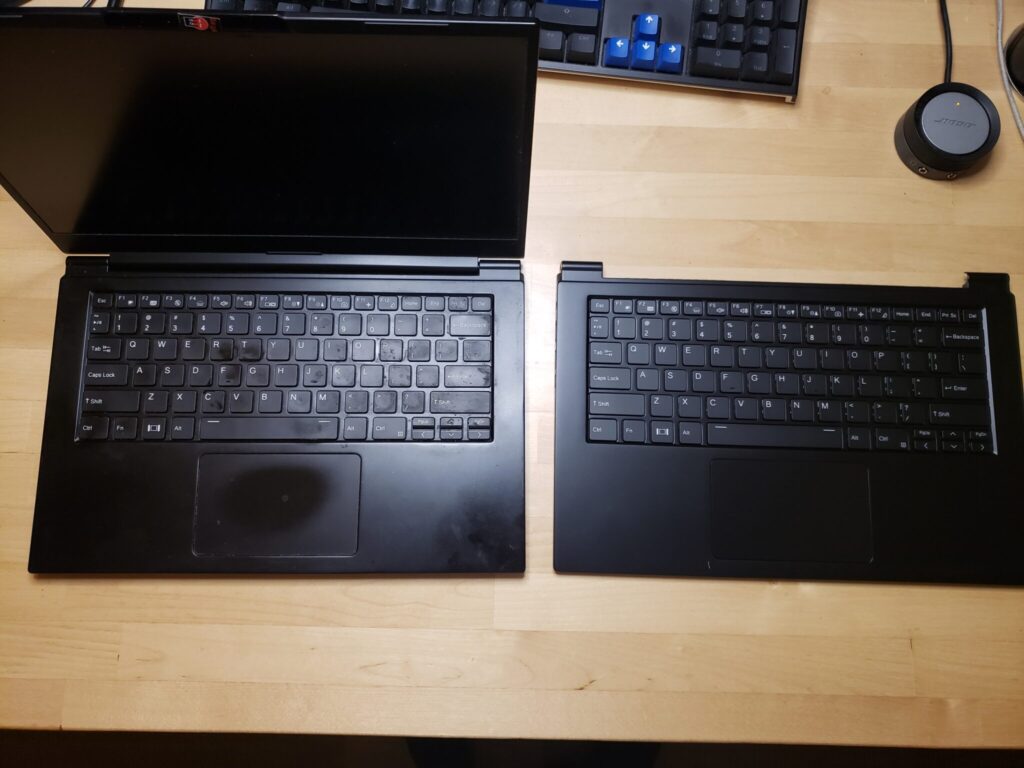
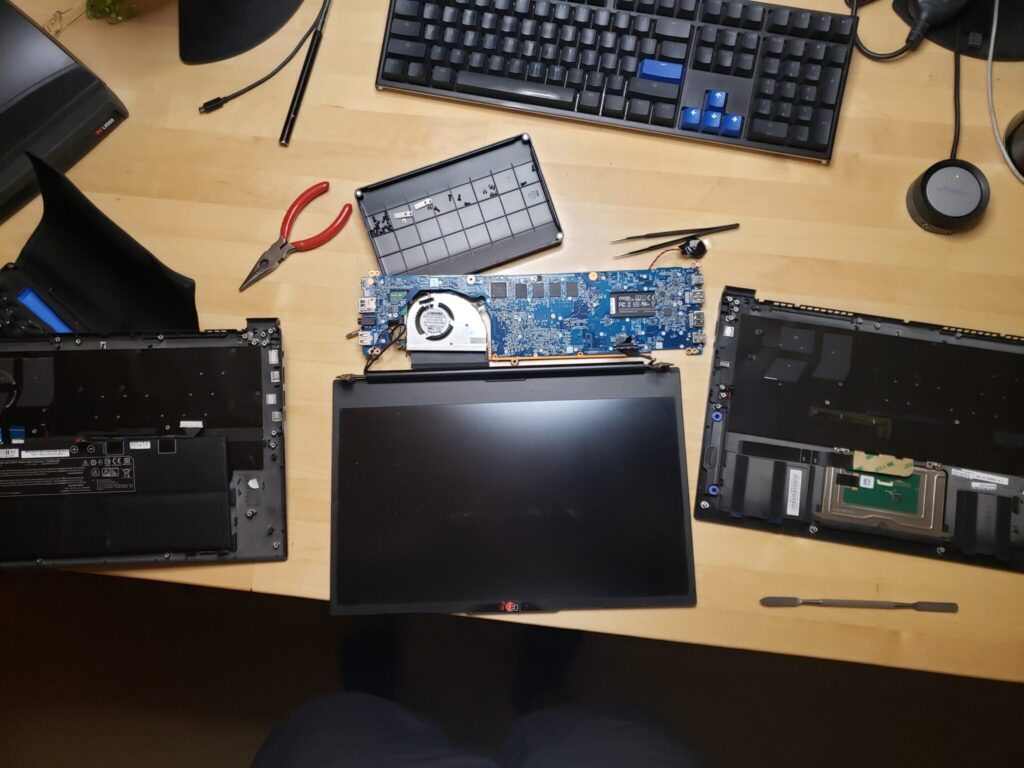
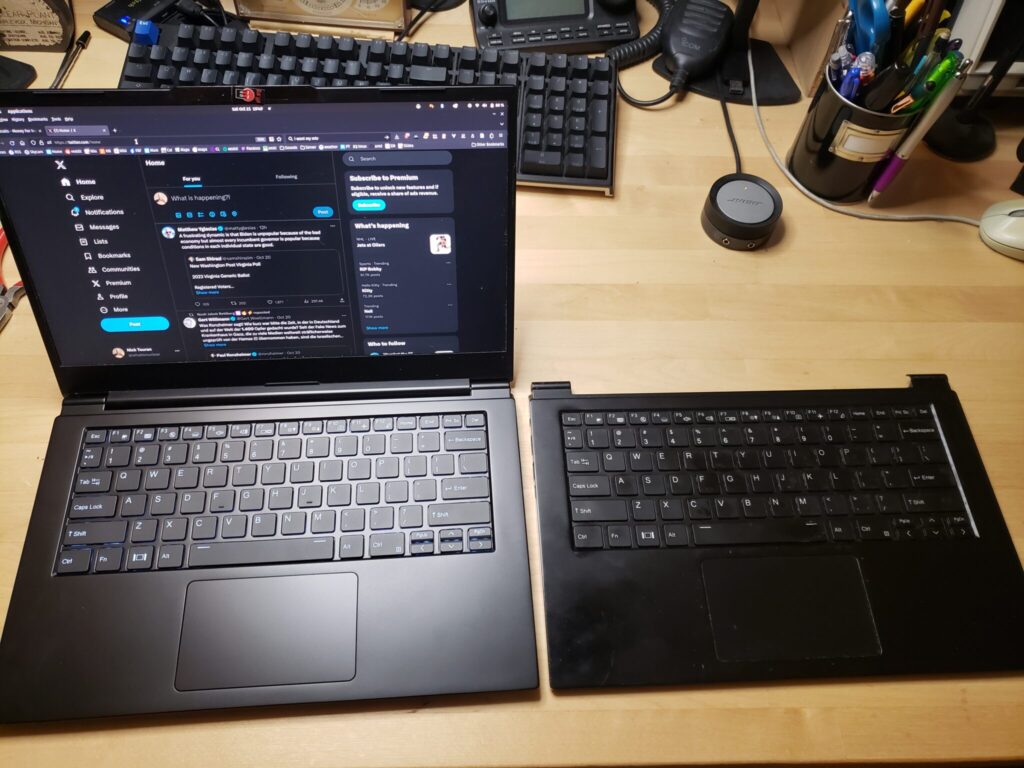
I struggled with some of the connectors and ended up leaving the fan connections just on and taking the fan and main board off together. I also left the CMOS battery connected. I popped it all back together and…. it worked! Now it’s a beautiful new top case, feels brand new. I’m very happy with this, and it wasn’t even that bad to swap out. According to the photo timestamps, it took me from 7:09pm to 7:46pm, so 35 minutes.
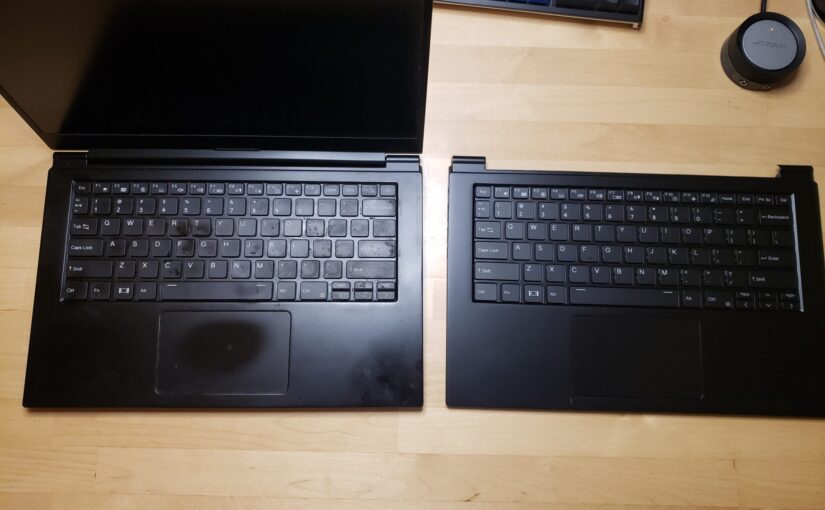





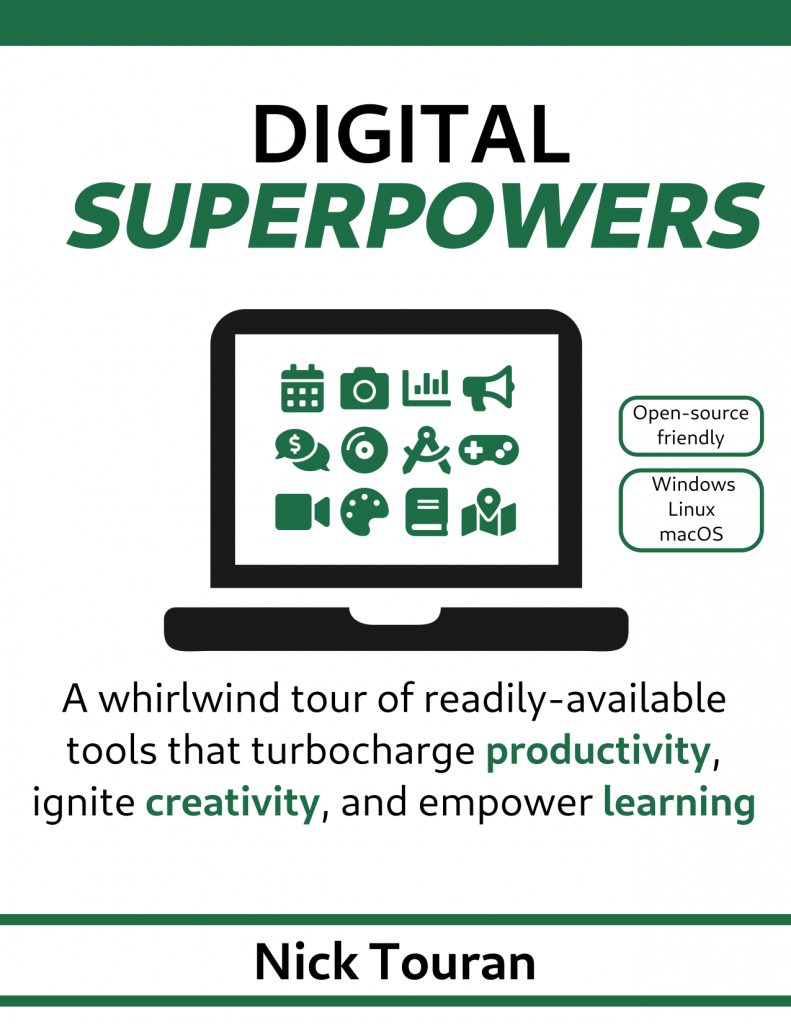

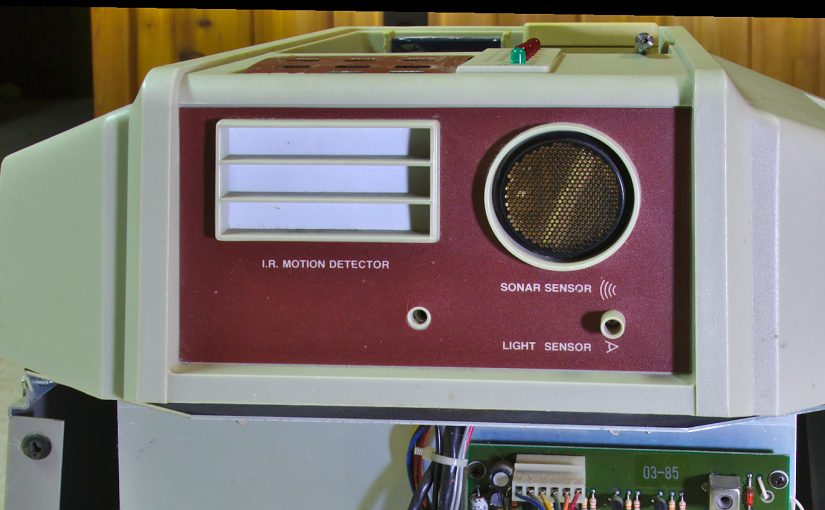

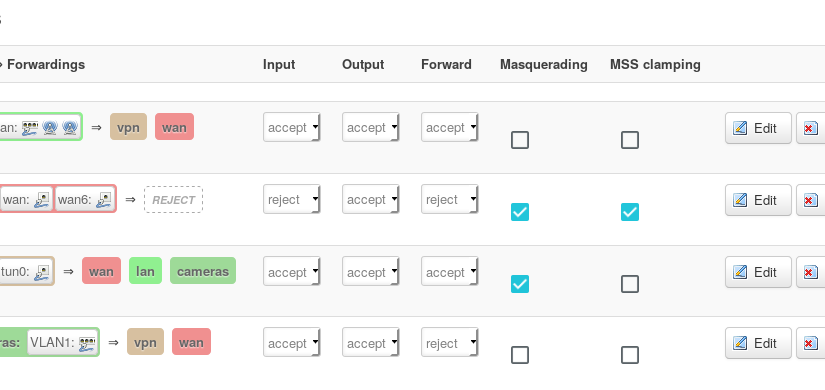
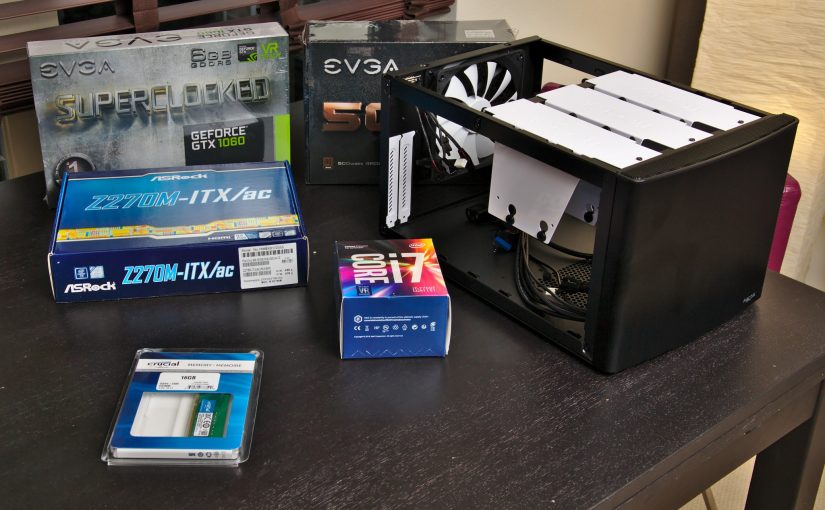
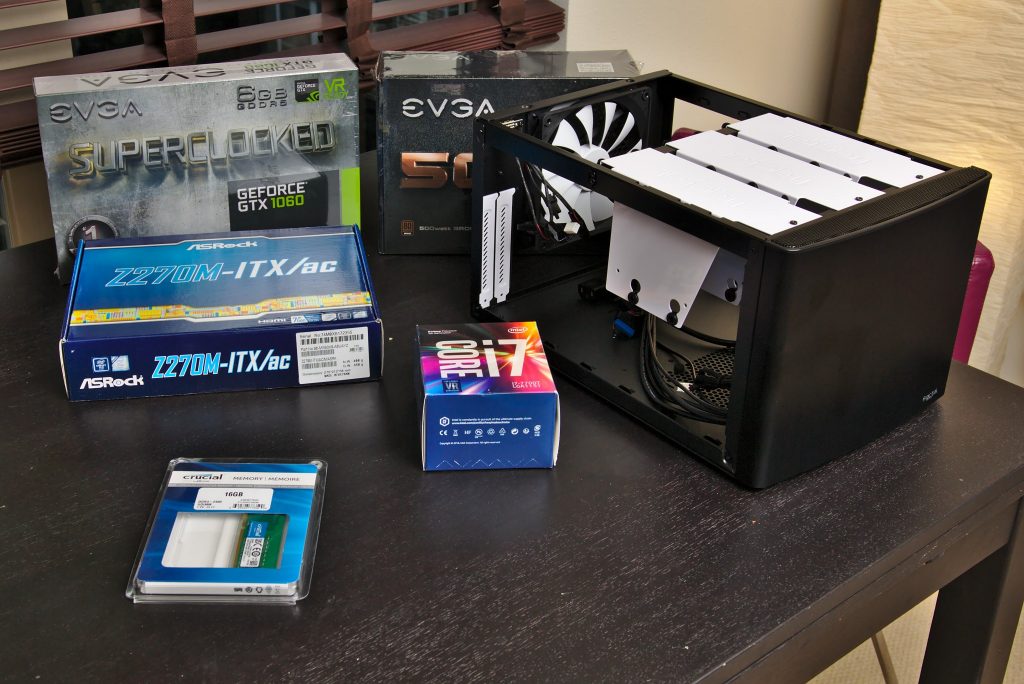
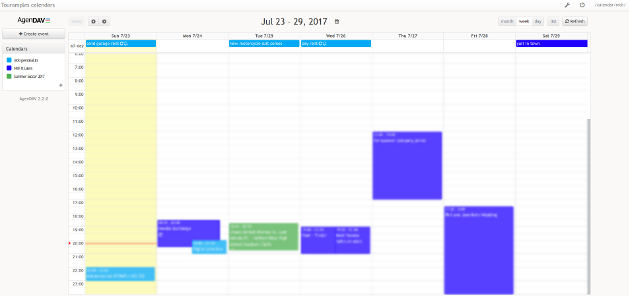
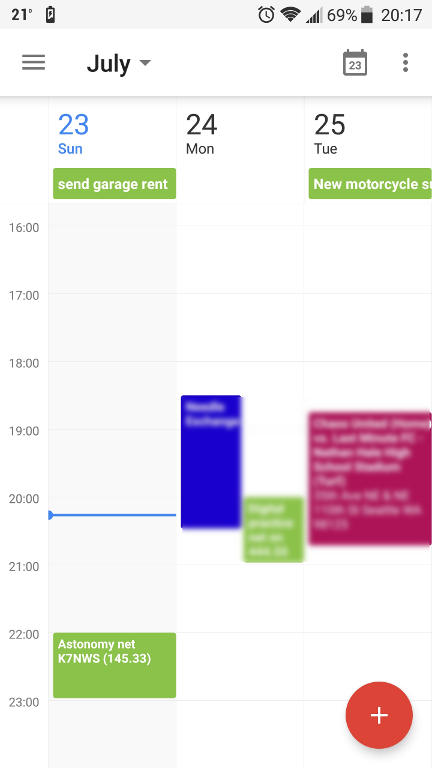
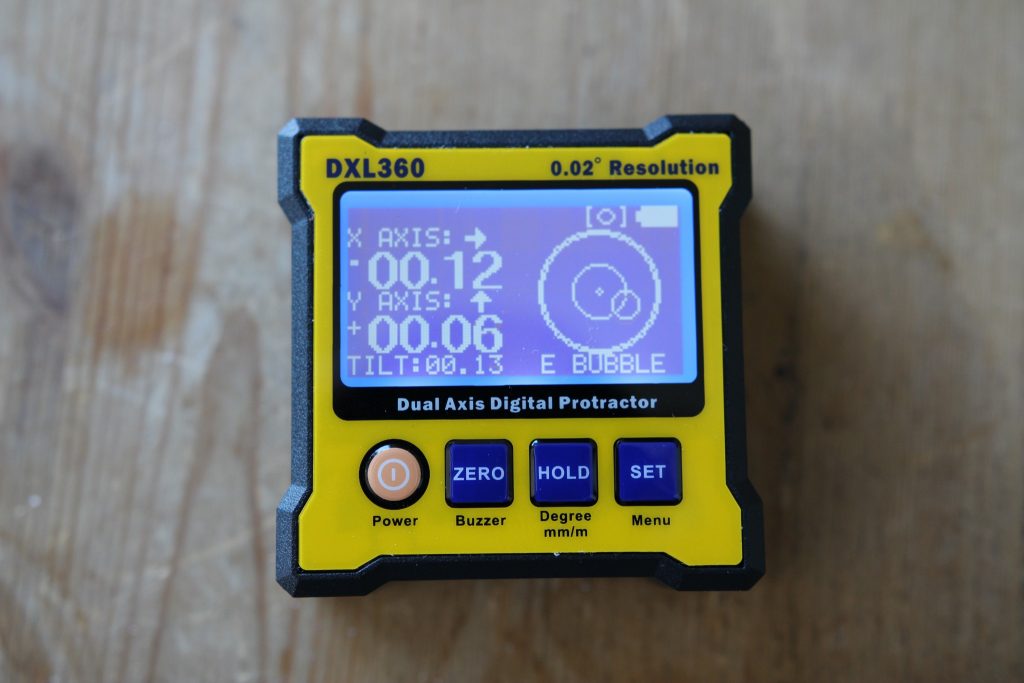
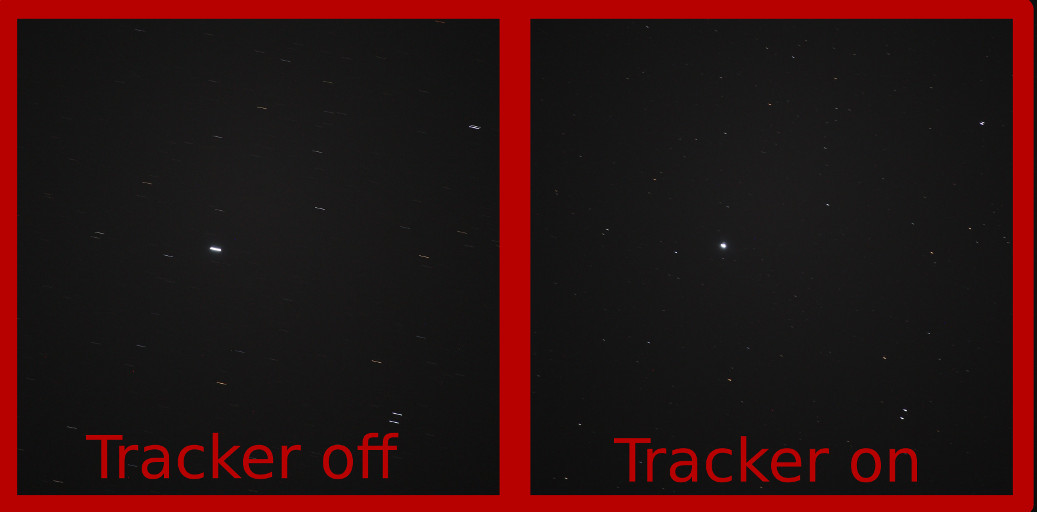
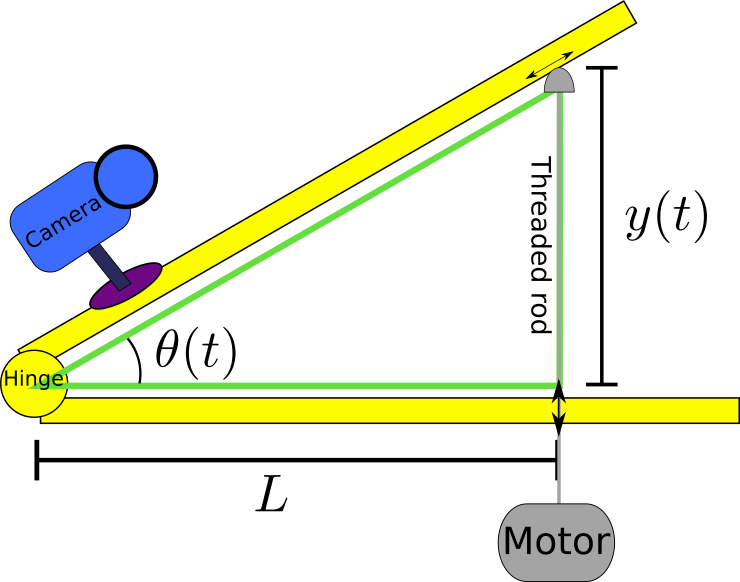
 My car:
My car: